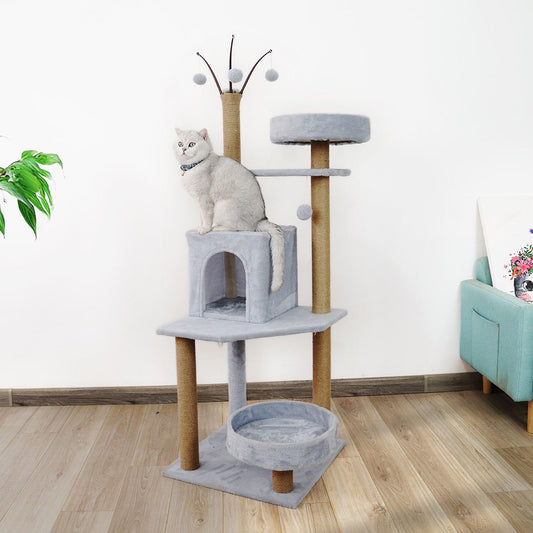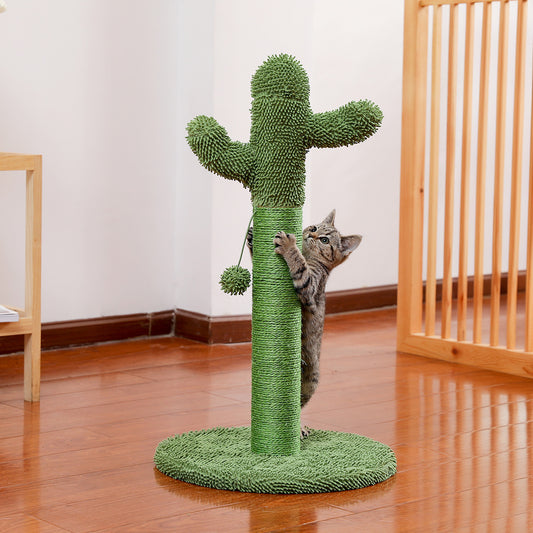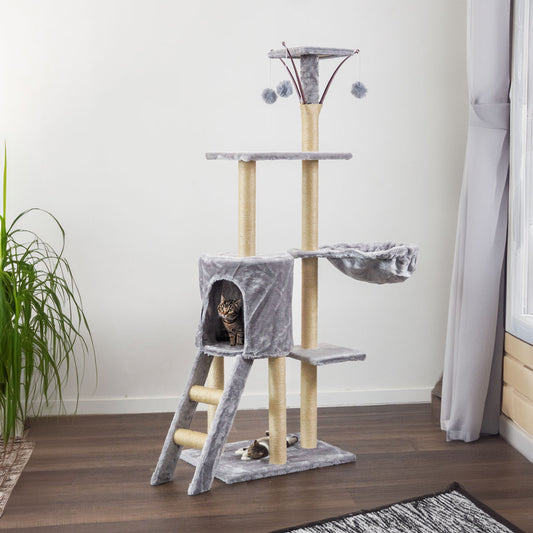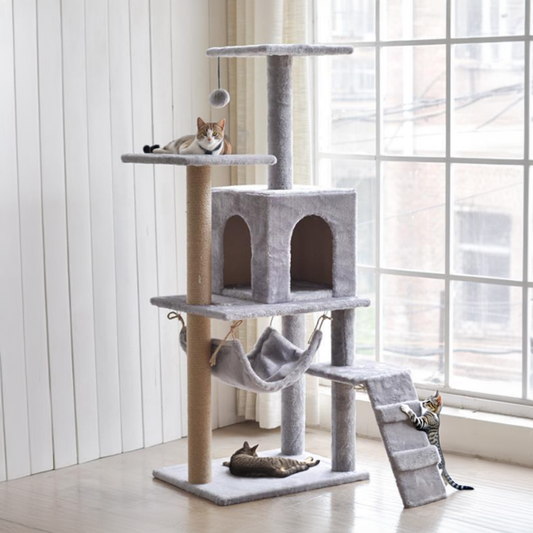Cats are wonderful companions, but their natural instinct to scratch can wreak havoc on your furniture. If you're tired of finding your favorite couch or chair in tatters, it's time to take action. In this blog post, we will explore effective strategies to stop cat scratching furniture and protect your beloved pieces.
Why do cats scratch?
Before we delve into the solutions, it's important to understand why cats scratch in the first place. Scratching is a natural behavior for cats that serves multiple purposes:
- Marking territory: Cats have scent glands in their paws, and scratching leaves behind their scent, marking their territory.
- Stretching and exercise: Scratching helps cats stretch their muscles and maintain their physical health.
- Claw maintenance: Scratching helps cats shed the outer layer of their claws, keeping them sharp and healthy.
Provide appropriate scratching surfaces
To redirect your cat's scratching behavior away from your furniture, it's essential to provide them with suitable alternatives:
- Scratching posts: Invest in a sturdy, tall scratching post made of sisal or cardboard. Place it near the furniture your cat tends to scratch.
- Scratching pads and boards: Some cats prefer horizontal surfaces. Experiment with different textures and materials to find what your cat likes.
Make furniture unappealing
While providing appropriate scratching surfaces is crucial, it's equally important to make your furniture less enticing for your cat:
- Double-sided tape: Cats dislike sticky surfaces. Apply double-sided tape or sticky tape to the areas your cat targets for scratching.
- Aluminum foil or plastic wrap: Cover the furniture with aluminum foil or plastic wrap. The crinkly texture and sound will deter your cat from scratching.
- Commercial deterrents: There are various cat deterrent sprays available that have an unpleasant smell or taste to discourage scratching.
Trim your cat's claws
Regularly trimming your cat's claws can help minimize the damage caused by scratching. Use cat-specific nail clippers and be careful not to cut into the quick, which can cause pain and bleeding. If you're unsure how to trim your cat's claws, consult a veterinarian or a professional groomer.
Positive reinforcement and redirection
Positive reinforcement can go a long way in modifying your cat's behavior:
- Reward good behavior: Whenever you catch your cat using the scratching post or pad, praise and reward them with treats or playtime.
- Redirect their attention: If you see your cat about to scratch the furniture, gently redirect their attention to an appropriate scratching surface.
Consider deterrent products
If your cat continues to scratch your furniture despite your best efforts, you may want to explore deterrent products:
- Plastic caps: Soft plastic caps that fit over your cat's claws can prevent them from causing damage when scratching.
- Protective covers: Invest in furniture covers or slipcovers to shield your valuable pieces from your cat's claws.
Remember, stopping cat scratching furniture requires patience and consistency. It's important to provide your cat with suitable alternatives and make the furniture less appealing. With time and the right strategies, you can protect your furniture while ensuring your cat's natural instincts are satisfied.





